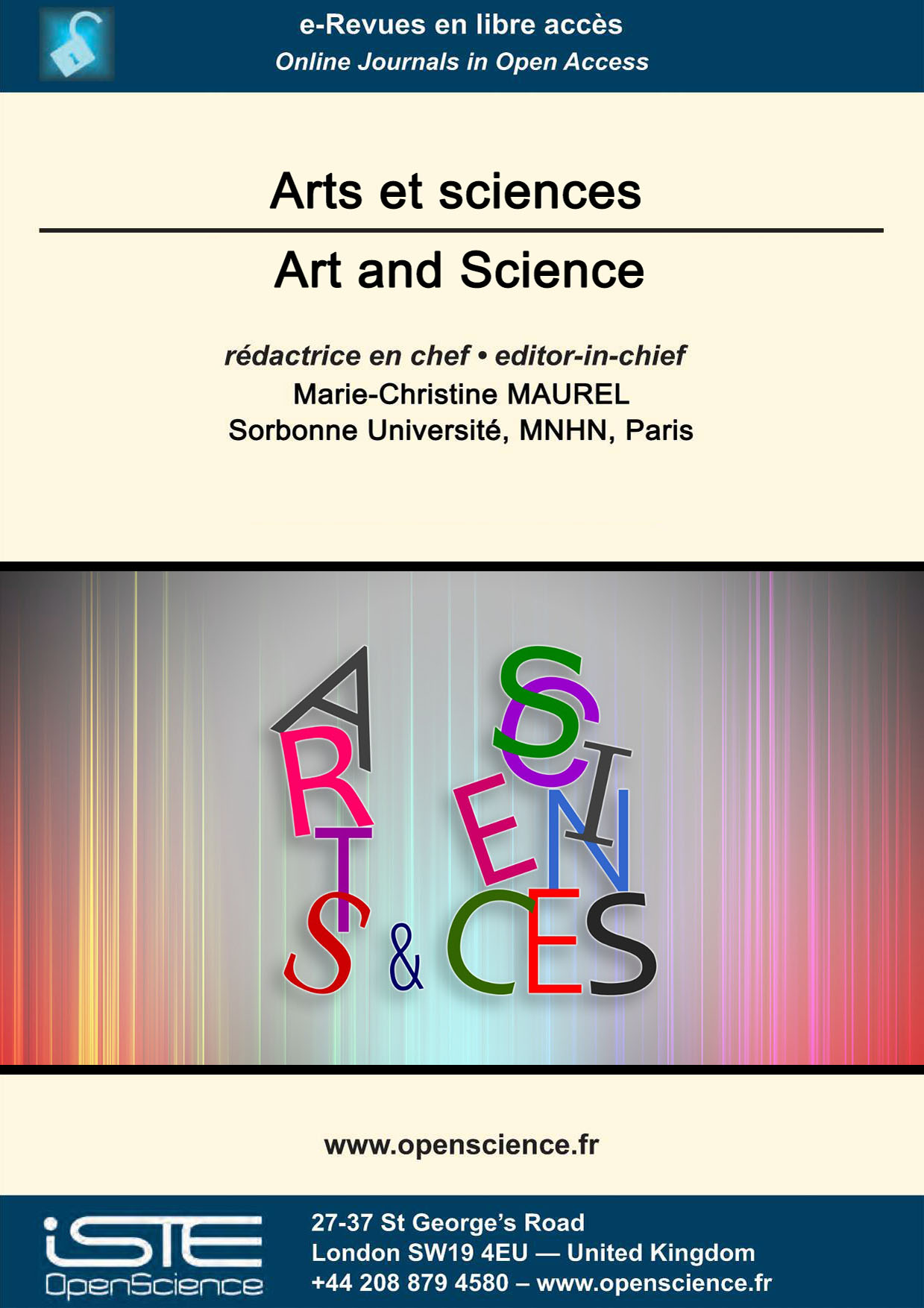

Social Sciences and Humanities > Home > Art and Science > Issue
Leonardo da Vinci has embraced the careers of engineer and painter with equal talent and equal success. However, he was not the author of the theory of theft, due four centuries later to another autodidact Frederik Lanchester, he laid the groundwork of this theory. This article recalls his quest to wrest man from earthly attraction. It continues with the evocation of the work of a physician Etienne-Jules Marey, who at twilight of the 19th century produced the first images of the fluid movement. We then present the visualizations made in the second half of the 20th century by an ONERA engineer Henri Werlé. His films and scientific photographs have been an inexhaustible source of inspiration for the artist Jean Letourneur for his sculpted and drawn work, proving that still today art and science are not disjointed universes.
Leonardo da Vinci was a precursor in the fluid mechanics field, thanks to his experimental approach as well as its purely artistic applications. His creative process has inspired mine. Keeping with this spirit, I have been able to transform the turbulence areas into a genuine “unity quest”, comparable to that of current scientists when they try to come up with a consistent description of the laws of Nature. Notably based on scale invariance, this quest has allowed me to take place among the precursors of “fractal art”, whose premises have been set by Leonardo not only with his studies of plant growth but also with his analyses of water movements.
In 2019, one book (Xénobiologie, by Marie-Christine Maurel and Michel Cassé) and two exhibitions (La Fabrique du vivant at the Pompidou Center, Formes vivantes at the Musée national Adrien Dubouché in Limoges) displayed a convergent interest for the living : science studies and synthesizes it ; art imagines it and draws inspiration from it to represent it, bio-art to recreate it. Mythology and literature have revealed long ago the porosity between the categories of living and non-living in peoples’ imagination. Contemporary experiments conducted by scientists (biologists, computer scientists, mathematicians) and creators (artists, designers, architects) tend to blur the split between the living/natural/subject and the non-living/synthetic/object. They give rise to new hybrids, « partial lives » whose raisons d’être extend from ecologically oriented multifunctionality to philosophical questioning on the living status and the place of the human within the numerical world. The present paper aims at extending this inquiry and drawing attention to the ethical implications of those hybrid works to which most of their creators only pay limited attention.
This article presents a creation-research work in arts, meeting thoughts about landscape and ecology. How can an ecological thinking guide artistic and landscape practices? What role can academic research and artistic creation play in sharing and deploying an ecological world view? These questions were explored through a project based on a creation-research approach and an inductive approach. Here I present the methodological and epistemological particularities of this research process, through concrete experiments. I will then present the artistic and landscape experiments that have been carried out on the site of Motten Morvan. These are, first of all, in situ artistic creations, in the form of a landscape trail and art installation’s design ; then of educational actions, through workshops of ecoformation by the landscape arts. This ecological art experience offers a way to think about how the study and practice of landscape arts can help us to better inhabit the Earth.
When you are a visual artist, working on agriculture or working on the landscape is not equivalent. Drawing on the review of his experiences as a researcher in arts, as a teacher in agricultural education and as a project manager on a mission of animation and development of the territories, as well as on the scientific productions of other researchers, the author discusses the place of the landscape in the experience of farmers and rural actors, who are on the ground. Integrating agricultural and geoagronomic viewpoints (in the french territories of Limousin, Berry and Cantal), he confronts them with testimonies from regional literature and art history, in order to support his position as researcher-creator.
The earth is the house that we share with the whole living beings. The purpose of this presentation was to put into perspective the landscapes all over the planet and their various representations by the native people through a holistic conscience of the landscapes, these being at the same time living spaces and resources for the living. In order to put into perspective our western representations of the landscapes, I proposed by way of visual photographic aids, to follow a way through the tortuous escarpment of a plural transversal and total reflection of the world landscapes. This plural questioning aims to make the audience aware of the ecosystemic processes of the « being » in consciousness into the landscape experienced with interdependence links. The reflection that is proposed to you is based on a personal questioning through the universal prism. Each question is a proposal, an invitation to travel by changing your point of view on the landscape itself. The meeting between the desire and the « possible-landscapes » out into synchronicity the transformations, the metamorphoses, and the synergies of the implications open on the consciousness of the worlds. This systemic approach of the representations of the worlds of the living beings.

2024
Volume 24- 8
Special issue2023
Volume 23- 7
Issue 12022
Volume 22- 6
Issue 12021
Volume 21- 5
Issue 12020
Volume 20- 4
Special issue2019
Volume 19- 3
Issue 12018
Volume 18- 2
Issue 12017
Volume 17- 1
Issue 1